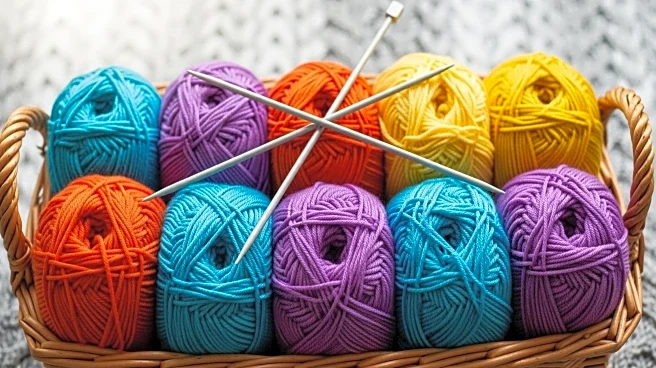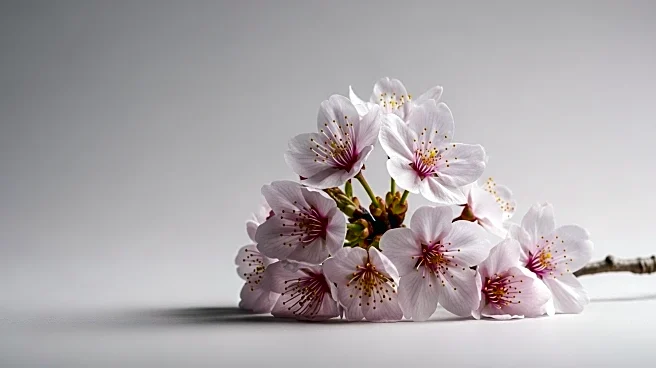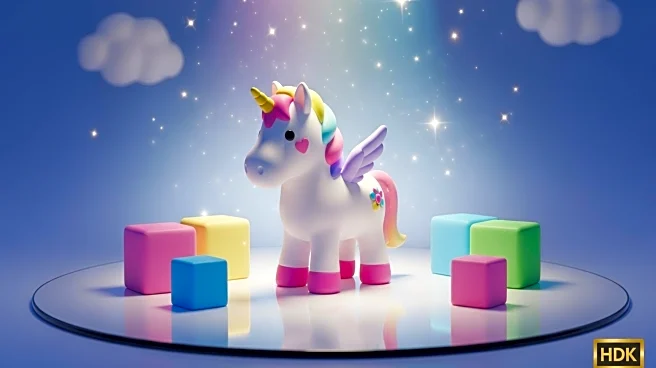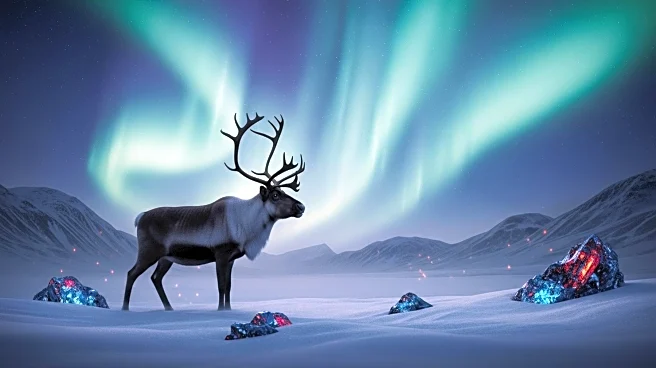What is the story about?
Knitting is a craft with a rich history, believed to have evolved from the ancient technique of nålbinding, which involves creating fabric through loops and knots of yarn using a single needle.
This method has been discovered in various regions, including Egypt, China, Denmark, and Sweden, with artifacts dating back to 4200 B.C.E. Knitting has since developed into a versatile craft, with basic knitted fabrics forming the foundation for more complex designs. The process of blocking is essential in textile arts to shape and set the final knitted piece. Knitting has also found its place in literature, with numerous references highlighting its cultural significance. The craft has expanded to include various techniques, such as selvage knitting and yarn bombing, showcasing its adaptability and creative potential.
### The Evolution of
Knitting Knitting has undergone significant transformations over the centuries. Initially, it was a manual craft, but the invention of knitting machines revolutionized the industry. These machines, available in both domestic and industrial forms, can produce larger and more intricate items, such as garments. Domestic machines typically use the weft knitting method, which mimics hand knitting, while industrial machines can create tubular or rectangular fabrics using flat or circular beds.
### Knitting Machines and Their Impact The development of knitting machines has allowed for mass production of knitted goods, making them more accessible to the public. In
2016, Fast Retailing, the parent company of Uniqlo, partnered with Shima Seiki to establish a factory equipped with WHOLEGARMENT 3D knitting machines. These machines are capable of producing garments in a single piece, reducing waste and increasing efficiency.
### Knitting in Modern Culture Knitting continues to be a popular hobby and a form of artistic expression. Yarn bombing, a form of street art, involves covering public spaces with knitted or
crocheted pieces, adding color and texture to urban environments. Knitting has also been embraced by educators, with initiatives like 'I Am a Teacher: Super Mario Sweater' using the craft to engage students in creative projects.
### The Technical Side of Knitting Understanding knitting abbreviations and the history of knitted fabric is crucial for enthusiasts looking to deepen their knowledge. The list of knitting stitches is extensive,
offering endless possibilities for creating unique patterns and designs. Additionally, the dye lot plays a significant role in ensuring color consistency across different batches of yarn.
###
Knitting's Cultural Footprint Knitting has left a lasting impact on various cultures, with its techniques and products being integrated into everyday life. From practical garments to decorative pieces, knitting has proven to be a versatile and enduring craft. Its ability to adapt and evolve with technological advancements ensures that knitting will continue to be a cherished activity for generations to come.
For the benefit
of users - Parts of this article may include content generated using AI tools. Our teams are making active and commercially reasonable efforts to moderate all AI generated content. Our moderation processes are improving however our processes are carried out on a best-effort basis and may not be exhaustive in nature. We encourage our users to consume the content judiciously and rely on their own research for accuracy of facts. We maintain that all AI generated content on our platform is for entertainment purposes only. To know more about how we use AI, you can write to us at support_spaces@glance.com
Do you find this article useful?
















